Garden tools maintenance is crucial for keeping them in good working condition, extending their lifespan, and ensuring the best performance in your garden. Here’s a comprehensive guide on how to maintain your garden tools effectively.
1. Garden Tools Maintenance
Cleaning After Each Use: Remove Soil and Debris:
- Use a stiff brush or a wire brush to effectively remove soil and debris from tools.
- For stubborn dirt, employ a putty knife or a garden hose to assist in cleaning.
- Rinse the tools thoroughly with water.
- Ensure they are completely dry to prevent rust formation.
Periodic Deep Cleaning: Soapy Water:
- Soak tools in warm, soapy water to loosen grime and dirt.
- Scrub them with a wire brush or steel wool to achieve a thorough clean.
Disinfecting:
- For tools that have been in contact with diseased plants, disinfect using a solution of 10% bleach or 70% alcohol.
- Rinse the tools well after disinfecting and ensure they are dried thoroughly to prevent rust.
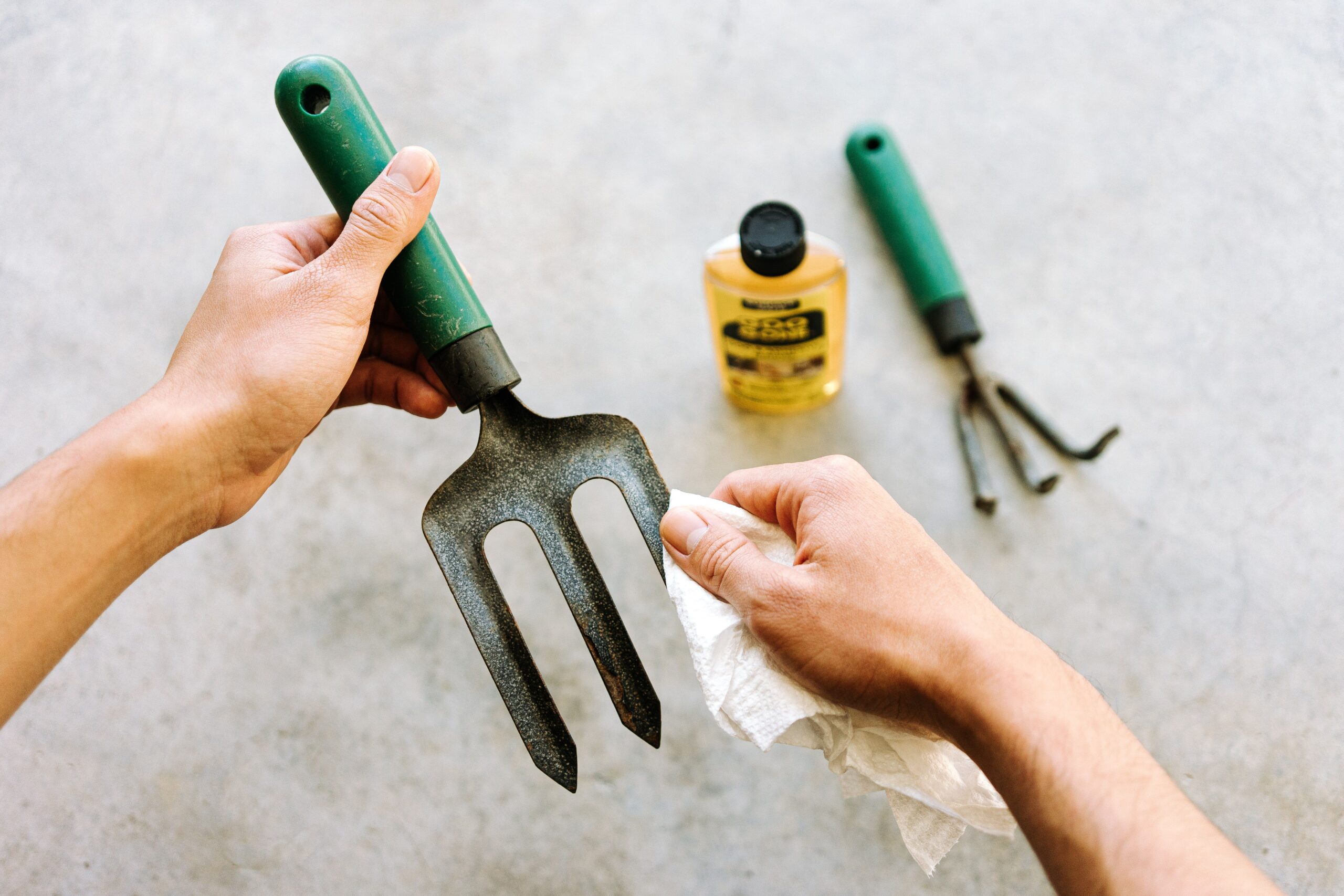
2. Sharpening
Why Sharpening is Important:
- Sharp tools make cleaner cuts, reducing plant damage and making your work easier and more efficient.
How to Sharpen:
- Hand Tools (Pruners, Loppers, Shears):
- Use a sharpening stone or a diamond file.
- Hold the tool at the correct angle (usually 10-15 degrees) and draw the stone/file along the edge in one direction.
- Larger Tools (Shovels, Hoes, Axes):
- Use a mill file.
- Secure the tool in a vice, and sharpen by pushing the file away from you along the edge.
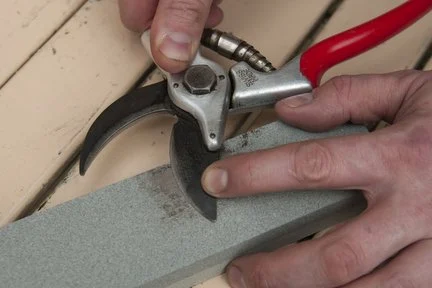
3. Oiling and Lubrication
Prevent Rust and Ensure Smooth Operation:
- Metal Parts:
- Wipe down metal parts with an oily rag after cleaning.
- Use a lightweight machine oil or a rust preventative spray to protect against rust.
- Moving Parts:
- Apply a few drops of lubricating oil to the pivot points of pruners, loppers, and shears to ensure they move smoothly.
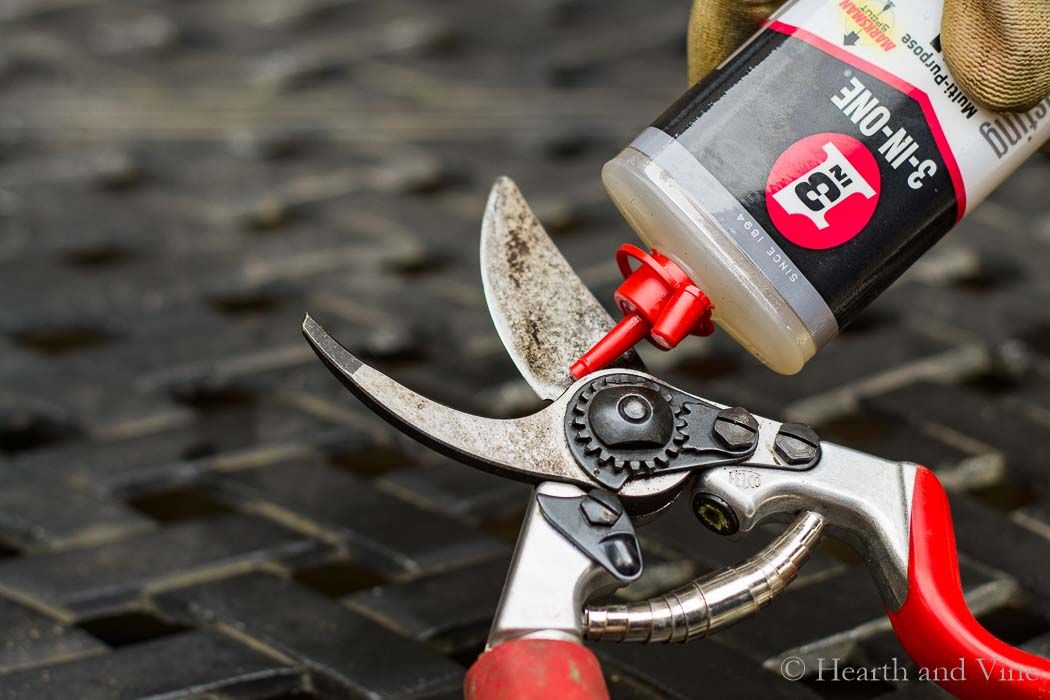
4. Rust Removal
If Rust Develops:
- Light Rust:
- Use steel wool or a wire brush to scrub off the rust.
- Heavy Rust:
- Soak the tool in a solution of white vinegar overnight.
- After soaking, scrub with a brush or steel wool to remove the rust.
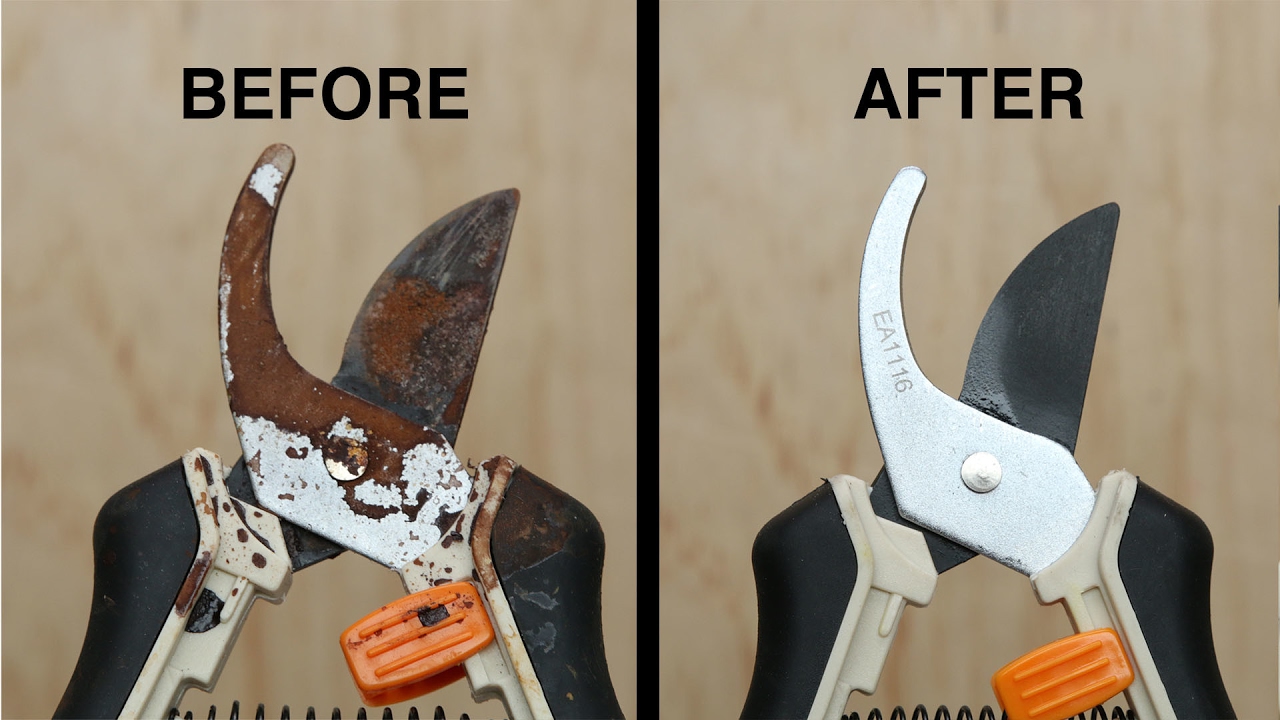
5. Handles and Grips
Wooden Handles:
- Sanding: Sand down any rough spots or splinters with medium-grit sandpaper.
- Oiling: Rub linseed oil into the wood to keep it hydrated and prevent cracking.
Plastic or Fiberglass Handles:
- Check for Cracks: Inspect regularly for cracks or damage and replace if necessary.

Source: Tyne Valley Garden Centre
6. Storage
Proper Storage is Key:
- Dry Place: Store tools in a dry place to prevent rust and damage. A shed, garage, or a designated tool rack works well.
- Hanging Tools: Hang tools to keep them off the ground and prevent them from getting wet or damaged.
7. Seasonal Maintenance
Winter Preparation:
- Full Clean and Sharpen: Before storing tools for the winter, give them a thorough cleaning and sharpening.
- Oiling: Apply a generous coat of oil to all metal parts to prevent rust during storage.
Spring Readiness:
- Inspection: Check all tools for any damage that might have occurred during storage.
- Lubrication: Reapply lubricating oil to moving parts as needed.
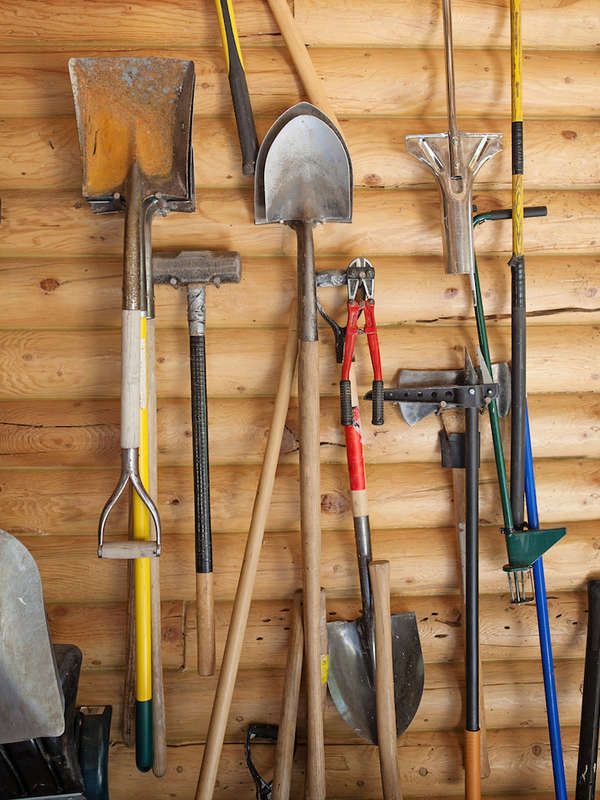
Conclusion
Regular maintenance of garden tools not only extends their life but also makes your gardening tasks more efficient and enjoyable. By incorporating these maintenance practices into your gardening routine, you’ll ensure that your tools remain in top condition, ready for any gardening challenge.
For more tips and detailed guides on garden tool maintenance, stay tuned to our blog! Happy gardening!

